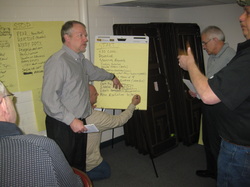
Failure can be a great teacher. I prefer to call them “Do-Overs.”
Life provides opportunities to apply lessons from one situation to another one later. At that point, you not only become the hero, but you also appear wise. Which proves that wisdom is stupidity and ignorance that benefits from aging.
When examining your failures, take the time to review them from three angles:
- What did we do? …
- How did we do it?… and
- Were the individuals involved ready to accept the initiative?
The Facilitator Partner Advantage
Insiders are often just a little frustrated when third party facilitators (like us) - organization outsiders - make progress doing things insiders have tried. Why does it work for us working alongside of leadership rather than leaders standing alone? Usually the reason lies in angles 2 and 3: On # 2 "How did we do it..." trained, neutral facilitators create a unique approach. They design the approach to meet the need. Good facilitators have a strong understanding of process and a multifaceted toolbox and draw on both to create a plan and are capable of adapting the plan as situations evolve to get peak outcome from the group. On # 3: Facilitators asses for readiness throughout the process, never hesitating to call a "time out" when process, progress and people are out of synch. Both of these skills have the multiplying effect of being "trust building" skills.
A good facilitator establishes neutral space. An atmosphere where people sense the security of ideas. A place where they sense a fair hearing of ideas. A place where even those who feel uncomfortable with the precision of their wording sense they will be helped in crafting the correct meaning. In these spaces, real conversations are more likely than position speaking. Employees feel more comfortable asking questions and offering ideas. Leaders feel more comfortable speaking openly. Everyone appears more “Real”. Honest. Safe. Even in the middle of uncomfortable topics.
Facilitating the Gordian Knot
Good facilitators manage this differently for many reasons but a very important reason is because they they first check readiness- the trust levels – of individuals or groups before designing an approach. The hard-wiring I mentioned in earlier posts is what I'm talking about here. Facilitators look at this hard-wiring and recognize that a Gordian knot of trust must be unraveled...there are consequences for getting it wrong. However, the trained facilitator's advantage is in knowing to think two steps ahead in the process and preparing options for the dangerous bits. It is hard work analyzing group dynamics while trying to achieve a work objective or to "convert" people to your side. That is why leaders are by definition not facilitators. They can act facilitative but they cannot provide the neutrality people are seeking in the conversation...if it is to be a conversation. People assess danger when leaders pose as facilitators. The filters and guards come into action and progress slows.
Be A Leader
I have seen many times where an inexperienced manager wants to fly solo because he wants to establish him or herself as leader. In the end, just the opposite happens. As a leader there are very few things you are neutral about. You have opinions - good ones - that others need to hear and to discuss. Leaders misstep when attempting to facilitate when they need to lead. The misstep is that in the effort to appear open and welcoming of ideas - they soften or hold back when they need to provide more clarity and directness. They then appear to be hiding or dancing around a hidden agenda. That's not leadership. That's testosterone and paranoia overcoming good sense.
When leaders are trained in group process skills they learn how to step in and out of the facilitator role. This is helpful. However, if you have a big discussion event do yourself a favor - get a partner - an external facilitator. Your success usually increases – significantly.
Consider this for your next change initiative or group performance intervention:
- Check readiness first – think about using a third party “outsider” to help you assess potential barriers you may have deal with in the upcoming change.
- Have your initiative leaders participate in facilitation training – separate from any specific intervention process (SAP implementation, Six Sigma, Lean…). Consider a custom design that fits with any barriers you may have uncovered. We have helped many clients with facilitator development workshops and coaching. This allows them ready access to facilitation support and provides more people who have a real understanding of what makes good meetings and good decision making.
- Have external “outside” facilitators available to use for special times or situations where some neutrality is needed to help groups to move more quickly beyond relationship barriers. A external facilitator is not needed in every meeting -but certainly they help when significant decisions, increased focus, or team breakthroughs are high on the outcome list.
- Make trust building as a goal of all work initiatives. Design approaches that establish personal safety, healthy debate, and sharing of recognition for contribution as well as ultimate success. When you review initiatives do a check on trust… “Was there anything that happened during the intervention where may have lost something?” “Was there anything that happened that helped us to gain trust with anyone?”, “After this event, when it comes to trust, are we better, worse, or no change?” Most of the time, you want to follow a Hippocratic principle… “Do no harm” – otherwise look for opportunities to make breakthroughs in understanding and relationships.
So, be a Leader, get the best facilitation support available..

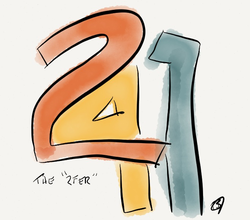
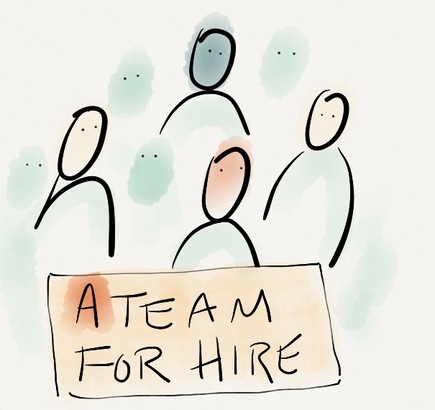

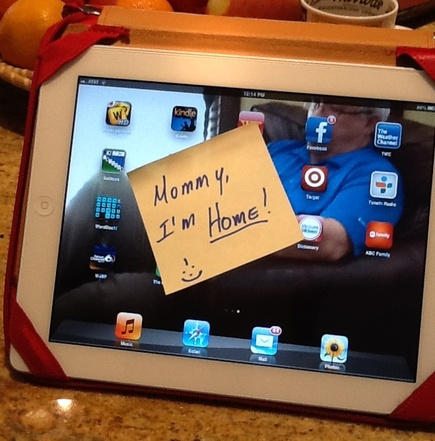
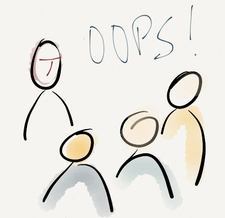

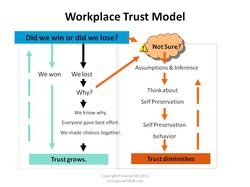

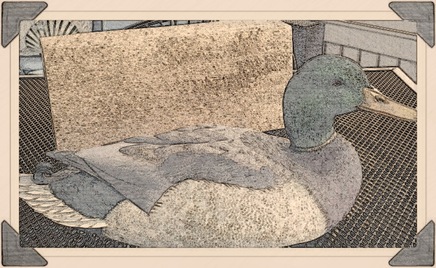
 RSS Feed
RSS Feed